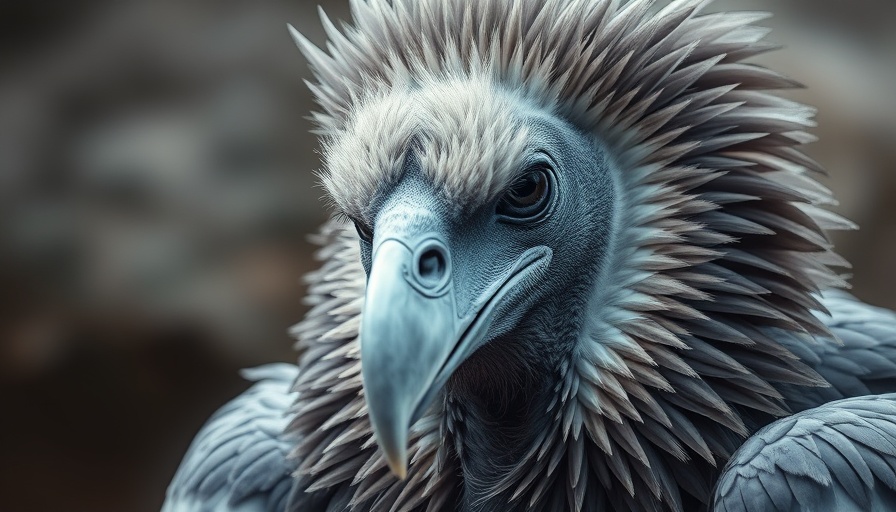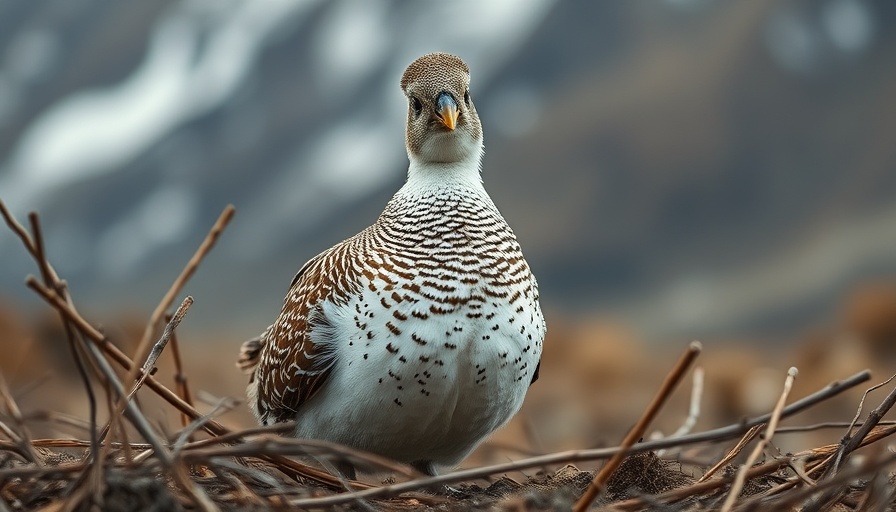
How High Can Birds Really Soar?
When we look skyward, it’s easy to underestimate the true heights birds can reach. Most of us envision them gliding gracefully under the clouds, but these avian wonders can fly astonishingly high! While many birds typically remain beneath 500 feet to seek food and shelter, they're quite the adventurers during migration. Relying on the strong gusts of wind, they can ascend to altitudes of 2,000 to 5,000 feet, and sometimes even higher!
The Record-Setting Rüppell’s Griffon
The remarkable Rüppell’s Griffon, a type of vulture with an impressive wingspan of ten feet, holds the record for the highest recorded flight. Observed at an astonishing altitude of 37,000 feet, this extraordinary achievement was tragically marked when it was struck by a passing jet. This incident raises intriguing questions: was this altitude a regular occurrence for this species or just a freak incident? We may never fully grasp what these birds experience at such heights, but it makes us appreciate their capabilities even more.
Understanding Avian Migration
Migration is an awe-inspiring testament to the instincts and endurance of birds. Many species that migrate exhibit behaviors that allow them to utilize favorable winds by ascending to altitudes that we typically associate with air travel. Flocking around 20,000 feet is not uncommon for long-haul journeys, with records suggesting flights witnessed from pilots cruising at similar heights. The challenge these birds take on, using the atmosphere to navigate vast distances, is nothing short of remarkable!
Why Higher Altitudes Matter
From an ecological standpoint, understanding bird flight patterns can reveal insights into environmental shifts and climate change. Birds that journey between their breeding and wintering territories tend to access higher altitudes to take advantage of prevailing weather conditions. In doing so, they serve as indicators to researchers and conservationists about changing atmospheres and ecosystems.
As we admire the birds soaring high beyond our vision, we must recognize the intricate world of avian migration. Their ability to reach heights far beyond our expectations showcases nature’s brilliance and serves as a reminder of the wonders of wildlife around us. Anyone with a passion for bird watching will appreciate these feats, promising awe and inspiration every time they share the sky with a bird.
 Add Row
Add Row  Add
Add 




Write A Comment